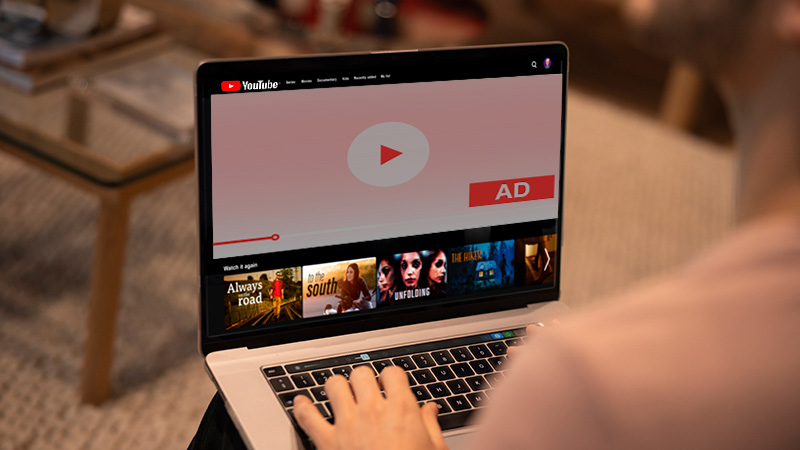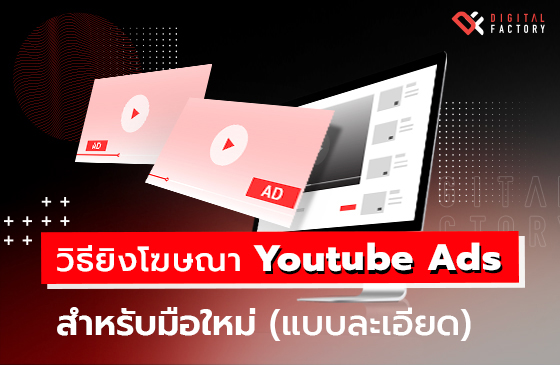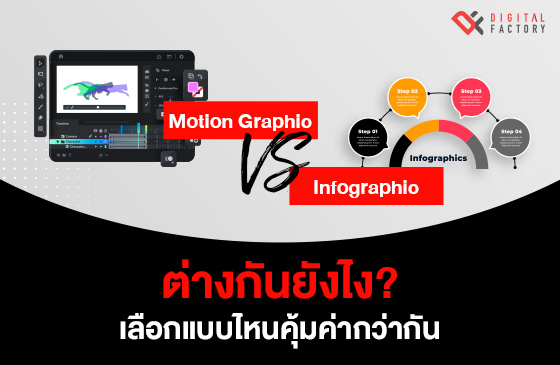
How to create youtube ads
Introduction
In addition to social media, YouTube has become a popular pastime for many people. Some people watch it for entertainment during work, while others watch it to keep themselves company while eating.
As you watch YouTube, you'll probably notice ads. Some of these ads can be skipped, while others cannot. Where do these ads come from? In this article, we'll take you through YouTube Ads and show you how to create your own YouTube Ads in a simple way.
-----------------------------------------------
What are YouTube Ads?
YouTube Ads are advertisements on YouTube. They can be in the form of banner ads, video ads, and more. And it's not just brands or businesses that can run ads on YouTube. Youtubers or content creators can also run ads on YouTube to promote their channels or videos.

How many types of YouTube Ads are there? Which one should I use?
Before we get to the steps on how to create YouTube Ads, let's get to know the different types of YouTube Ads first. This will help you choose the right one and create effective ads.
There are 7 main types:
Skippable in-stream Ads: These are video ads that usually appear before a video starts playing or sometimes in the middle of a video. These ads can be skipped after 5 seconds. The challenge for advertisers with this type of ad is to create an ad that hooks viewers in the limited time available.
Non-Skippable in-stream Ads: These are also video ads. They are no longer than 15-30 seconds and cannot be skipped. You have to watch them until the end. However, the advantage for advertisers is that your target audience will see all of your ad copy.
Bumper Ads: These are short video ads that are no longer than 6 seconds long. They usually appear before a video starts playing, in the middle of a video, or after a video ends. They are also non-skippable. This type of ad is suitable for creating broad awareness (Awareness). It is recommended to use short, concise, and clear ad copy because time is limited.
In-feed Video Ads: These are video ads that appear when you search for videos on YouTube, on your YouTube watch recommendations page, and in your feed on the YouTube homepage. This type of ad has the advantage of not being limited in length. However, the video content should not be less than 15 seconds long. It is suitable for running ads for How-To video content.
Display Ads: These are banner ads on YouTube. You'll often see these ads on almost every page of YouTube, except for the Homepage. In addition, Display Ads also like to appear in the top right corner of the suggested video bar (Suggestion Video). If you choose to use this type of ad, it is recommended to use short, concise, and clear ad copy to attract your target audience immediately.
Overlay Ads: These are banner ads that usually appear in the lower right corner of the video. They can be skipped. And importantly, this type of ad is only available on desktop YouTube.
Masthead Ads: Masthead Ads are banner ads or short video ads. These ads are located on the YouTube Homepage on all devices, including Desktop, Mobile, and TV. This means that no matter what device you use to open YouTube, you will see them. They are suitable for creating awareness (Awareness) for new products, new services, or when you want to reach a wide audience in a short period of time, such as promoting a product discount campaign.
If you want to use Masthead ads, you must book ad space through Google's sales representatives only. You cannot create your own ads.
Steps to Create YouTube Ads Yourself
Sign up for a Google Ads account. If you already have one, you can sign in as usual.
Once on the Google Ads homepage, click on the "New Campaign" menu to start creating your YouTube ad campaign.
Choose the objective of your YouTube Ads campaign. This is just a general guideline. You don't have to choose it if you don't have a specific objective in mind. If you don't want to be specific, you can click on "Create a campaign without a goal Guidedance".
Select the type of ad you want. For YouTube ads, select "Video" and click "Continue" to proceed to the next step.
Name your ad campaign. It is recommended to name your campaign before you start running ads to avoid confusion, especially if you may be running ads in other campaigns.
Set your budget.You can set a daily budget or a total campaign budget. A daily budget is the maximum amount you're willing to spend per day on your ads. A total campaign budget is the maximum amount you're willing to spend on your ads over the entire campaign.
Set your start and end dates. You can choose to have your campaign run indefinitely or set a start and end date.
Select your targeting. You can target your ads to people based on their location, language, demographics, and interests.
Advanced targeting. You can also use advanced targeting options to reach people based on their online behavior, such as the websites they've visited or the videos they've watched.
Create your video ad. You can create a new video ad or use an existing video that you've already uploaded to YouTube.
Select your ad format. You can choose from two different ad formats: In-stream ads and video discovery ads.
Set your bids. You'll need to set bids for your ads. This is the amount you're willing to pay for each click or view of your ad.
Review your campaign. Once you've completed all of the steps, you can review your campaign and make sure everything looks correct.
Launch your campaign Once you're happy with your campaign, you can launch it.
Conclusion
YouTube Ads can be a great way to reach new customers and grow your business. By following the steps in this guide, you can create and run your own YouTube Ads campaigns.
Powered by Froala Editor
Powered by Froala Editor
Powered by Froala Editor

How to create youtube ads
In addition to social media, YouTube has become a popular pastime for many people.
Infographic vs Motion Graphic: Choosing the Right Tool for the Job
Infographics and motion graphics are popular marketing tools, but how do you decide which one is right for your needs?



